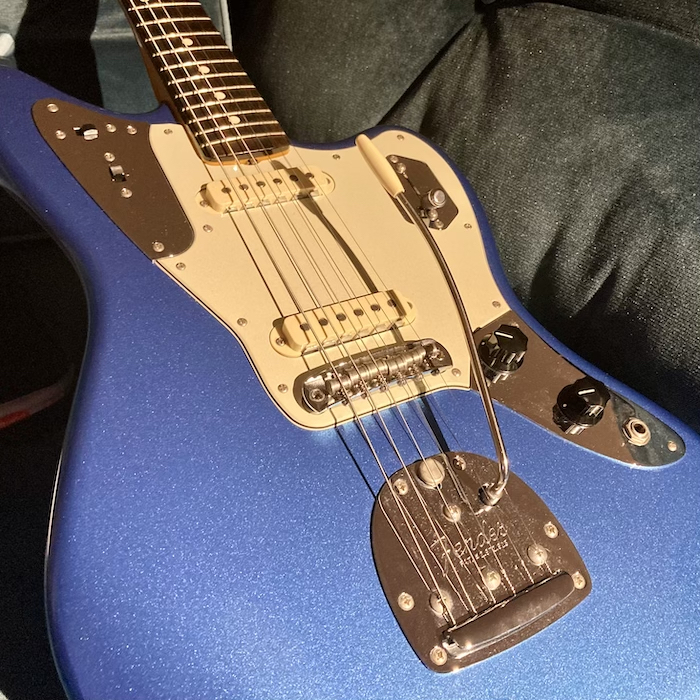Howdy, Stranger!
It looks like you're new here. If you want to get involved, click one of these buttons!
Categories
- 245.3K All Categories
- 22 >> Start Here <<
- 12 New Members
- 8 FAQs
- 87.9K Gear
- 40K Guitar
- 3.5K Acoustics
- 1.3K Bass
- 14.9K Amps
- 17.4K FX
- 317 Digital & Modelling
- 777 Other Instruments
- 8.4K Making & Modding
- 427 Gear Reviews
- 107 Guitar Reviews
- 74 Amp Reviews
- 119 FX Reviews
- 87 Other Reviews
- 752 Made in the UK
- 978 Theory
- 1.9K Technique
- 2.2K Live
- 3.2K Studio & Recording
- 2.2K Making Music
- 227 Events
- 15 Guitar Show 2018
- 851 Plug My Stuff
- 106.9K Classifieds
- 41.8K Guitars £
- 2.9K Acoustics £
- 143 LH Guitars £
- 916 Basses £
- 10.8K Parts £
- 18.6K Amps £
- 34.6K FX £
- 2.9K Studio & Rec £
- 6.2K Misc £
- 466 Personnel
- 55.5K Chat
- 37.1K Off Topic
- 1.1K Tributes
- 6.7K Music
In this Discussion
Become a Subscriber!
Subscribe to our Patreon, and get image uploads with no ads on the site!
Base theme by DesignModo & ported to Powered by Vanilla by Chris Ireland, modified by the "theFB" team.



 LOL
LOL  Wow!
Wow!  Wisdom
Wisdom
Comments
B, Bet all those guys on below minimum wage
C, tThe resulting guitar will probably make someone very happy
D
From the look of the tops they were cutting out, it's all laminate construction. This is perfectly sensible for a market where temperatures can be extreme (in either direction) and humidity equally variable, though often very high. Climate-controlled rooms are not on the agenda, so a guitar has to be as tough as old boots just to survive for a few years. Buyers don't have a lot of coin. In short, these are entirely appropriate instruments to make for this market. The workers won't be earning much, but then the eventual buyers won't be either.
* I do know of a bespoke builder in Sri Lanka, a two or three man operation near Colombo. One of these days I'm going to commission them to make a guitar for me out of Sri Lankan native timbers. It will be a big step up the quality scale from the sort of thing we see in the video. I'm not expecting it to rival a Maton or a Martin but I'll treasure it as something to remind me of Sri Lanka after I'm too old to travel.
but the skills of the individuals are very good.
interesting that the top was put on the braces, rather the braces put on the top, which seemed at least at first to be odd ?
Great video.
Of course, it is only one of dozens of similarly parochial expressions, many of which have become a fixed part of the language. The "Far East", for example! (Or the "Middle East" - equally ridiculous.) On the other hand, "New World" I can live with, it makes historical sense after all.
And then you get the utterly asinine expreesions from the financial world. "The stock price went south". Huh? That doesn't even make sense from a purely Northern Hemisphere perspective! As for "black swan events" - mate, I'm here to tell you - that is the normal bloody colour. See for yourself -
Especially liked the cutting of the string grooves in the nut (tenon saw!), and the permanent markers for fret dots and especially for the edge binding stripe!
See he had a production line going and was happy in his work. What more can you want?
Is this how luthiers serve their apprenticeship?
As far as I can see the guitars have no truss rods, so the neck will end up like a curly wurly.
Pure guesswork on the fret and bridge positioning.
No ppe or protection for those workers, poor guys.
Instagram